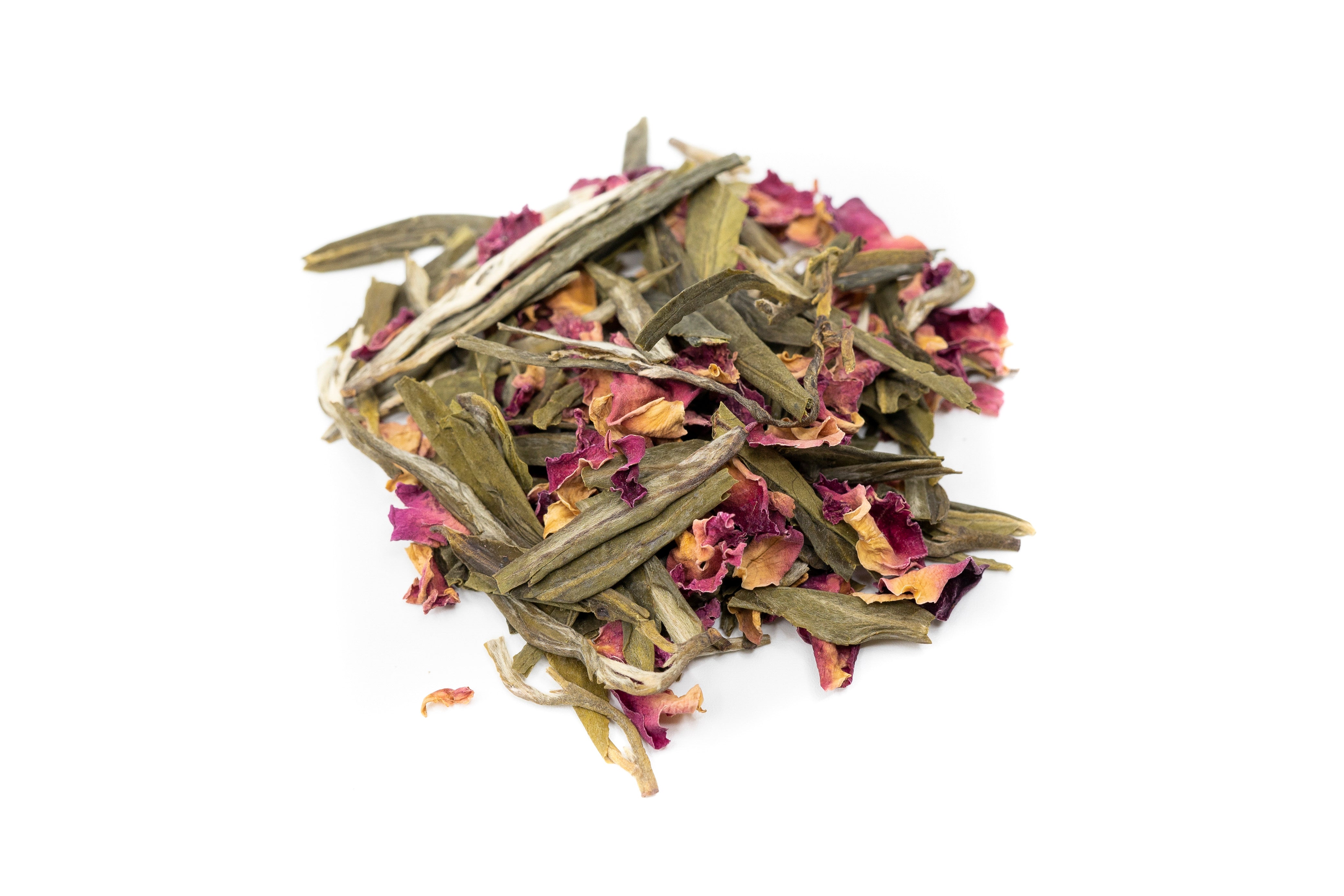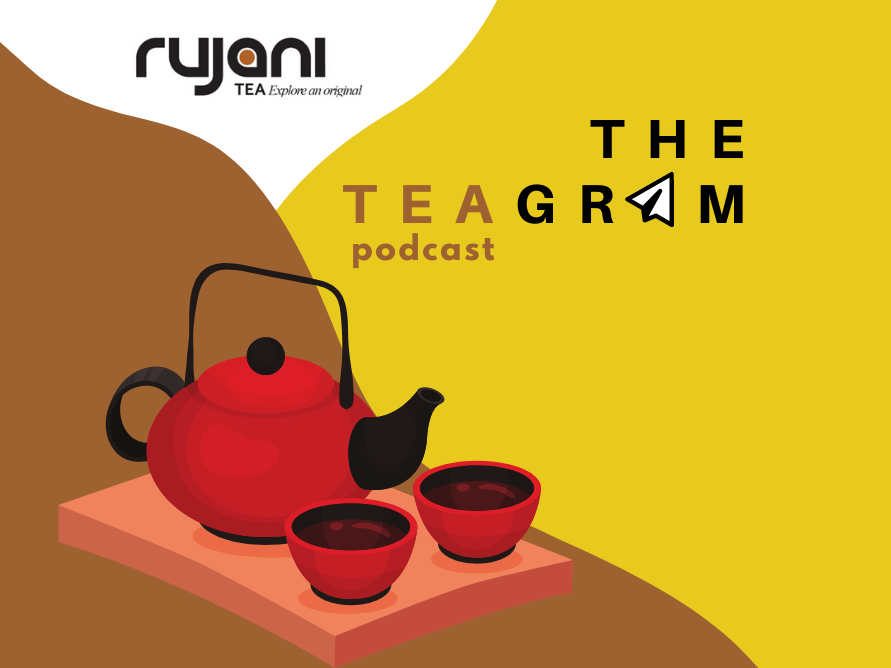
Tea and Nutrition
Nutrition Campaigns Around the World:
India celebrates the first seven days of September each year as its National Nutrition Week. The theme for Indian Nutrition Week 2021 is “feeding smart right from the start”. America celebrates March as their National Nutrition Month, while Australia celebrates it for a week in October each year. Tryfor5 is the annual campaign powered by Nutrition Australia encouraging Australians to increase their vegetable consumption to the recommended five serves per day. Launching each October during National Nutrition Week to raise awareness around the role of food on our health. Countries around the world celebrate nutrition focussed periods at different times of the year.
Nutritional value of tea:
Next to water, tea is the most widely consumed drink in the world. Made by steeping leaves, twigs, or buds of the plant Camellia Sinensis, tea is one of the most rewarding beverages (health-wise) and has its accolades.
Without any additives, tea contains a very tiny amount of calories. People looking for alternatives to sugar-based colas and drinks are opting to drink tea more and more each year.

Tea is rich in polyphenols, which are plant-based micronutrients rich in antioxidants. They act as “lifespan essentials” as they help to reduce the risk of chronic diseases.
Tea is at its nutritional best when consumed in its natural form. There are more than 8,000 polyphenols found in plants in general. Tea contains three very nutrient-rich polyphenols. These are theaflavins, tannins, and flavonoids, along with methylxanthines.
Taste enhancers in tea like milk and sugar tamper with its nutritional value. Milk has been traditionally added to tea, to neutralise the tannins (which are the most bitter components of tea) and reduce its acidity — leading to a smoother taste. However, research indicates that casein (a complex protein) in milk dilutes many of the beneficial components of tea. So try and enjoy your tea in its natural form.
Good tea making requires a good balance of water temperature. The trick is to take water just short of boiling. This would extract the correct steep from the leaves and give us a brilliant tea. Do note that the more fermented the tea type is, the more water temperature it requires, or else it results in a bland taste. To read about how to brew tea in various ways, visit our earlier blog post about popular ways to brew loose-leaf tea.
Another good tea drinking practice is to choose whole or loose-leaf teas over tea bags. Loose-leaf tea has the best nutritional value and also contributes to a lesser carbon footprint. Teabags consist of an assorted variety of low-grade tea types like fannings and tea dust. It is economical from a cuppage point of view but offers minimal health benefits. Also, teabags are known to contain microplastics.
Making tea part of your everyday life: Eat and drink healthily, and be nutrition wealthy!
Include tea in your diet as it helps to block fat absorption and lose weight. Green tea is known to speed up metabolism, ramping up the fat-burning mechanisms. Most research has been done with green tea, and recently there has been a similar study conducted using white and black teas. All teas have been said to have comparable health benefits.

It is recommended that one drinks tea at least four times throughout the day. You can start your day with a cup of green tea. The other three cups of tea can be had right before your meals. One should try and ensure to have an adequate amount of water in your diet to balance the diuretic nature of green tea.
So, slow down, take some “me time” with a cup of this beautiful drink — TEA. You can try our range of award-winning teas. Engage yourself in some fine tea steeping and reap its nutritional and health benefits.
____________________________________________
References:www.hsph.harvard.edu
https://www.precisionnutrition.com/what-you-should-know-about-tea
https://www.ncbi.nlm.nih.gov/pmc/articles/PMC3220617/







Leave a comment
This site is protected by reCAPTCHA and the Google Privacy Policy and Terms of Service apply.